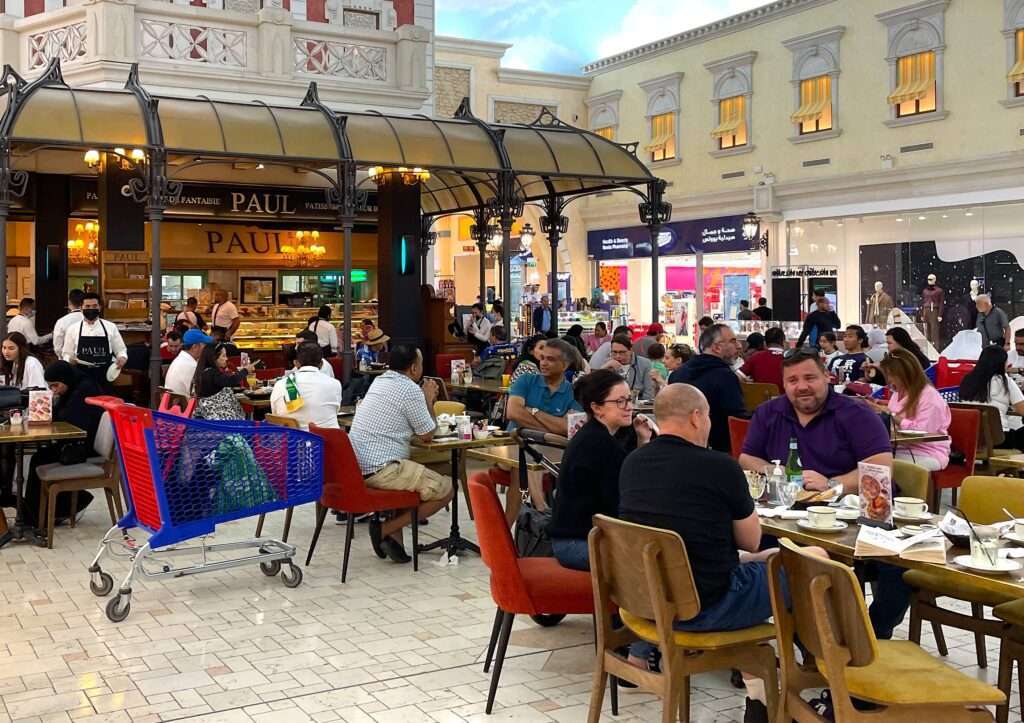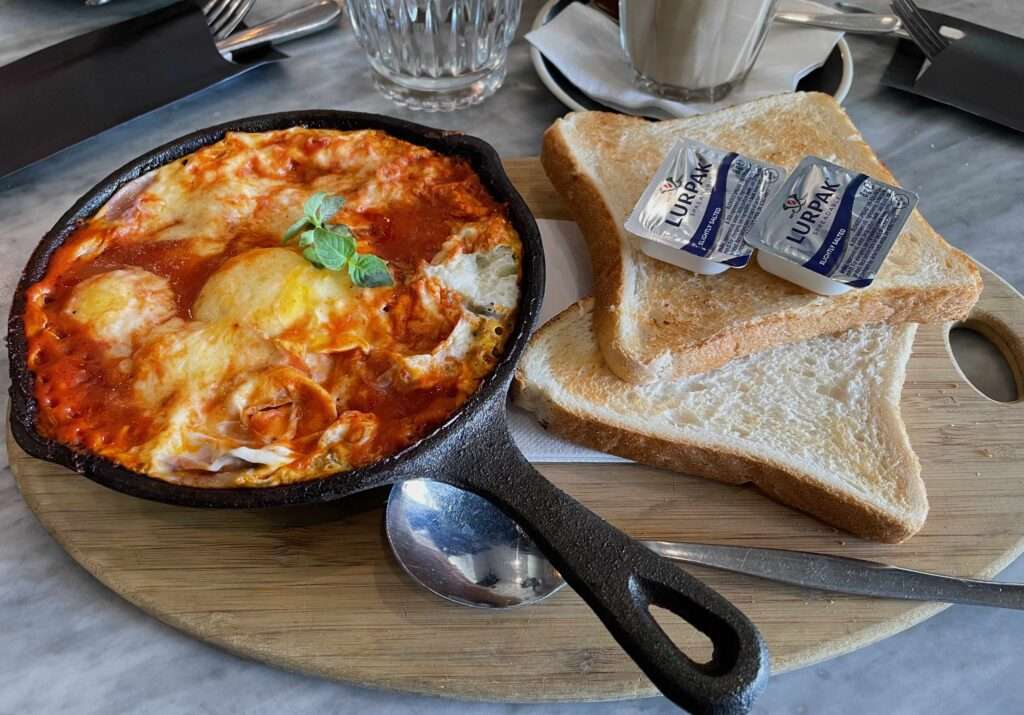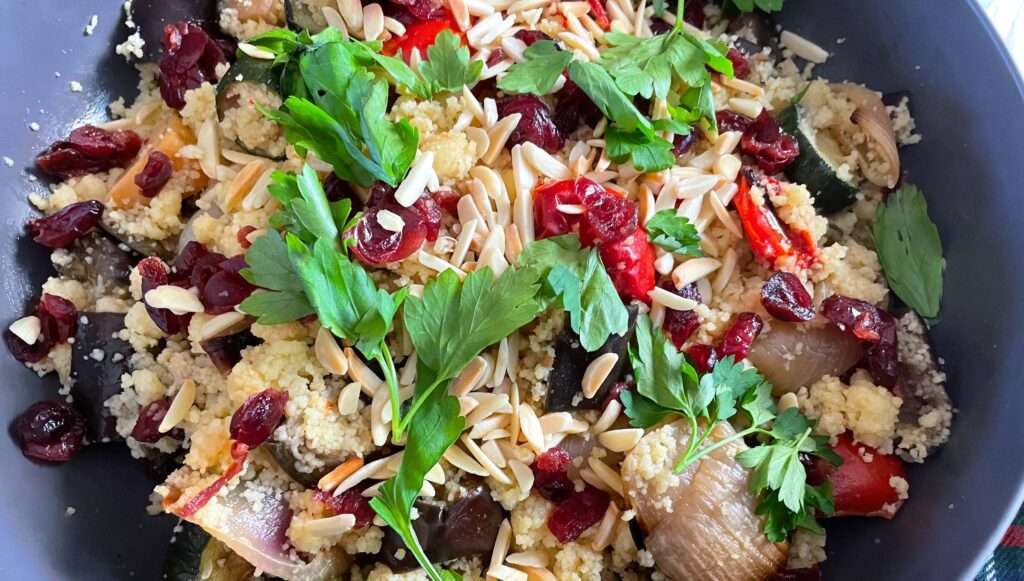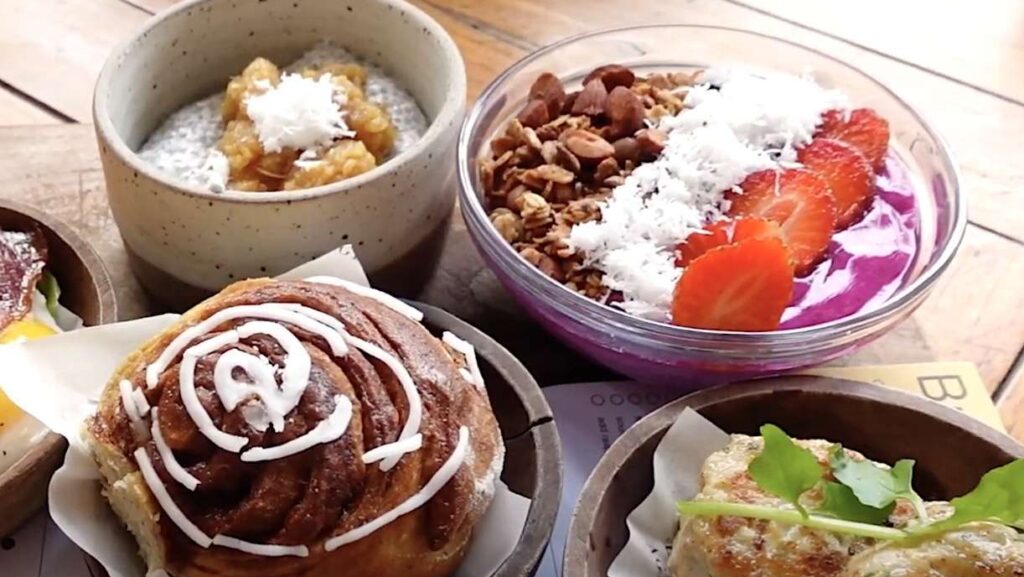I wonder if many recall what cafe culture and food looked liked in the distant past?
The word “cafe”is of French origin meaning coffee house. It also covers an eatery, a coffeeshop and a diner. Occasionally the words “bistro” and “deli” are used interchangeably with cafe. So it is not cut and dry by any means.
I will narrow it down a little further.
Cafes are informal dining establishments serving typically non-alcoholic beverages like coffee and tea, baked and savoury snacks and cooked meals. Cooked meals as opposed to ready-to-eat food are the operating words here.
People tend to frequent a cafe for light and full meals as they are close to where they work and ideal for breakfast and lunch. It is thus no surprise that cafes are usually found in numbers in city centres.

The French, Italians and the Americans
Continental Europeans particularly the French and the Italians carved out the early cafe culture that we are familiar with now. Both in look and fare. So they are inarguably the founders.
Besides French cafes, the French also have their iconic bistros. These are small quaint restaurants offering full course meals. The customary 3 courses of appetiser, main course and dessert. The start of fine dining. So a French bistro would not fall squarely in the cafe category.
The same with delis or delicatessens of European origin which are in another category of eateries. They are not proper cafes as they typically served ready to eat snack food not cooked meals.
The American diners are functionally cafes. They however have a distinctive design as well as furniture which still stands out today. It was and is uniform and ubiquitous across the US. They serve short order cooked meals but not much in terms of pastries and savoury snacks. But nevertheless in the cafe category.

The British did not have one
The British however had little in the way of a conventional cafe or a cafe culture.
Pub, pub food and tea being the main fare. And pubs are plentiful. Alcohol is central to its existence both for the customer and the owner. Though many did serve basic cooked meals, usually a special for the day. Sunday roast was institutional in these places.
Where a cafe or coffee house existed in the old days of Britain, it was not commonplace. However the British are finally catching up with pubs getting converted to gastropubs with proper offering of quality good food.

The rest of the World
Much of the developing World had something else and certainly would not be defined as cafes or resembled one. They were also not referred to as cafes but as coffeeshops or in their local parlance, an equivalent of a coffeeshop. This despite they serving their version of cooked meals.
Albeit there would be remnants of a cafe from colonial past.

A single type brewed coffee (filter coffee) or tea with milk and sugar. In many places where fresh milk was not accessible or kept fresh, condensed milk took over. The food served would be distinct to that culture and that country. Certainly not western pastries.
Popular were local versions of breakfast, lunch and dinner meals often cooked hot on the spot. They would operate from early morning to late at night.
Functional at breakfast and during lunch where meals were taken quickly. At night, these venues were more sedate, a gathering place for the common folks over beverages and bottled beer consumption.
Hotels chains in the formation of modern cafes
More than anyone else, international hotel chains led the way for the rise of cafes around the World.
Especially in countries where there was an absence of a cafe culture.
Every international hotel chain had a cafe on their premises. It had a distinct role compared to formal restaurants which were also in the same premises. These cafes operated for breakfast, light lunch and dinner meals with a limited range. The design was simple, functional but of a hotel standard.
Eventually the hotel cafe concept got the attention of local entrepreneurs especially in non-western countries.
It was an alternative option to running the more expensive restaurant. These began to appear near transport hubs such as railway stations and along popular street corners.
It also had a much modern setting both in terms of decor and food fare attracting the middle income and above group. The food is more expensive than street stalls and traditional coffeeshops. But nowhere close to much more expensive restaurants.

Starbucks, Costa, Caffe Nero, Lavazza, Tim Horton’s
I think it is time to point out the exception here. Coffee chains such as Starbucks, Nero, Costa , Hudsons etc are not cafes.
Their focus and formula are on various coffee brews and some snacks and microwave heated meals. Though the snack and bites range has widened, cooked meals on premises are not part of the equation. The coffee profit margin is the main driver. Interestingly the highest profit margin in retail trade is coffee so why change the formula.
It however fair to say that such chain coffee outlets have mushroomed significantly in numbers and popularity including in Australia. And they have established a place in the food culture.

Cafe culture that we now see
No matter what city in the World you are in, you can immediately pick out a cafe. The layout, the type of seating and the counter style etc are very similar.

There are 4 distinct observations that I have noticed of the cafe culture in recent years.
- Popular and crowded in big cities.
- Emergence of a subset of cafes that focus on certain demographics – Gen Z and millennials. Food offering is closer to organic, vegan, smoothy bowls, macha coffee, green tea, almond milk etc.
- Higher prices and higher quality of beverages, snacks such as pastries and savouries. Reflective of current consumer taste and demand.
- Moderate sized prepared meal portions and curated differently. No longer full serve Spaghetti Bolognaise or full English breakfast. It’s Pappardelle bolognese lamb and Chicken katsu. The health conscious generation prefer smaller portions and healthy preparation.

Hipster cafes of Canggu, Bali
Now for an excellent example of the new cafe trend.
Canggu, Bali is a fast growing coastal surfing beach resort like village with modern amenities in Bali. It is now an epitome of modern cafe culture. Why pick a 3rd World country to portray a world wide trend you ask?
Its has one distinctive identity. It has one of the highest concentration of hipster cafes compared to any city I have been. Despite being located in a 3rd world country, its clientele is nearly all tourists and residents from the 1st World. Hence the unusual phenomenon.

Canggu attracts young tourists and digital nomads from the West. Its the young foreigners’ new hotspot for Bali. From a population of 9,000 a decade ago it has rapidly grown to 40,000 with many foreigners becoming long term residents.
Canggu’s striking future is its amazing and varied avant garde cafe culture. It is not an overstatement. I have not seen anything like it in the developed World. And the fare is western with many newly curated snacks and meals.
I have covered this in another post on Bali.

The target market is clearly Gen Z which is what Canggu foreigners’ make up is. And it not just some select cafes but across the board in Canggu. There are also co-working place for digital nomads and these comes with cafes that offer similar fare. The gyms too have the same new trend cafe setup and fare.
Cafes from hereon
So cafe have evolved significantly in terms of cuisine and offerings but the physical and informal style remains. It is still not a formal restaurant but I suspect it’s popularity has increased many fold.
Due to its informal setting cafes will continue attract locals and foreign visitors for good cooked meals and a place of respite. This is no matter where in the World you are, whether Bogota, Chengdu or Sydney. You can spot one immediately.
Of all the various types of food establishments, the cafe approach still serves the masses.
But with a new clearly emerging branch that now targets Gen Z. It includes vegans and those with a focus on health and the use of sustainable food products.
And the only exception despite its informal setup compared to restaurants, the prices are much higher. A reflection of the new fare served. That however does not seem to be a factor when it comes to demand. .
